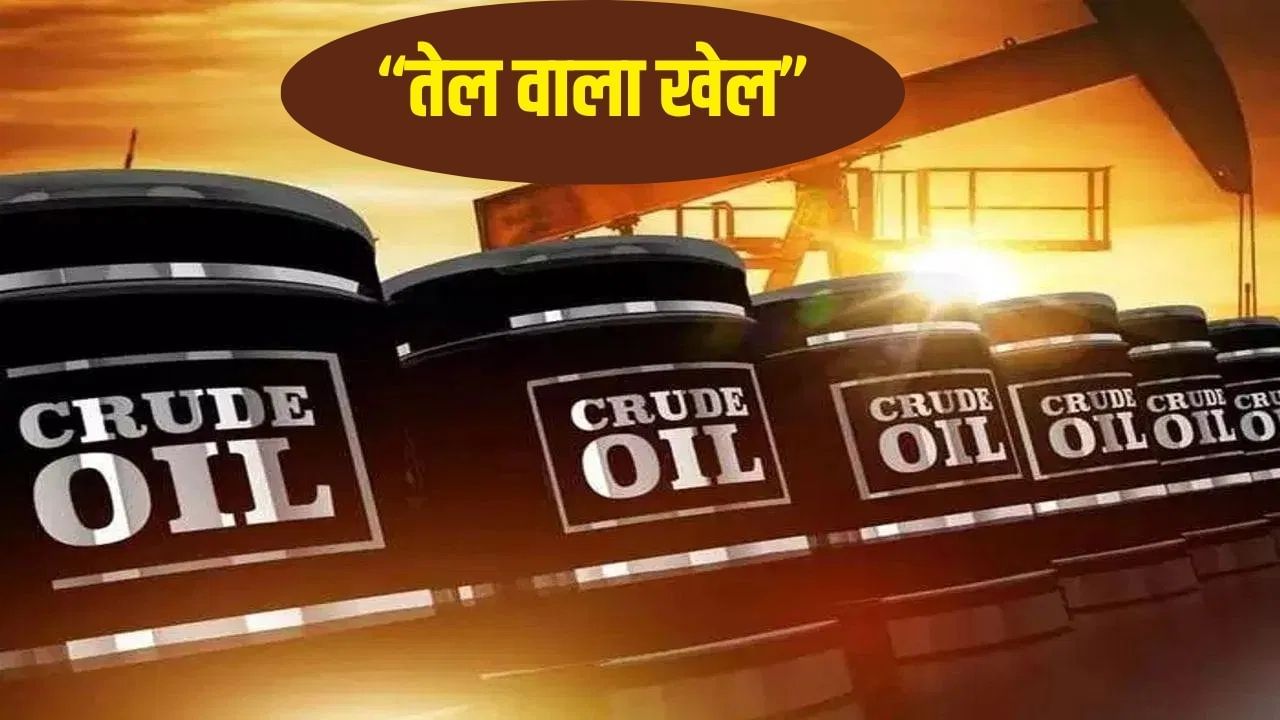oil-gas politics
US President Donald Trump has made a major change in his foreign policy and has imposed new sanctions against Russia for reasons related to the Ukraine war. The targets of these sanctions are Russia’s two big oil companies, Lukoil and Rosneft. This step is in complete contrast to Trump’s previous policy, in which he used trade and tariffs instead of imposing direct sanctions on Russia. Now Trump has played a deep role in the politics of energy i.e. oil and gas, so that Russia’s income can be reduced and at the same time pressure can be put on India, which is currently trying to maintain a balance between America and Russia.
The journey from tariff to ban
According to the US Finance Ministry, these new sanctions have been imposed to reduce Russia’s oil income, but not to completely stop the oil supply. Earlier the G7 countries had fixed the price at $60 per barrel, so that Russia’s oil could continue to be sold but it would not get much profit. Now with this new step the oil supply chain may become tight. Experts believe that OPEC has some extra oil, but as the demand for non-restricted oil increases, prices will also increase.
two-way pressure on India
This situation is difficult for India. India became the largest buyer of cheap Russian oil since the Ukraine war started in 2022. But now that Trump has targeted Rosneft and Lukoil, Indian companies are having to rethink their purchasing policies. Reliance Industries, which runs the world’s largest refinery, is now preparing to reduce or stop the purchase of Russian oil. It has a contract to buy 5 lakh barrels a day from Rosneft, but now these deals have become difficult. Similarly, Nayara Energy, in which Rosneft has a stake, is also in a dilemma. Government oil companies like Indian Oil and Bharat Petroleum are now checking every delivery to see whether the oil is coming directly from banned companies.
Trade deal and 50% tariff issue
Trump has already imposed 50% tariff on India and said the reason for this is that India is still buying oil from Russia. He claimed that Prime Minister Narendra Modi had promised him that India would gradually stop buying Russian oil, while the Indian government clearly said that no such promise was made. Efforts are underway to make a new trade agreement between India and America, so that the tariff can be reduced to 1516%. But differences related to energy remain an obstacle in its path.
India’s difficulty is to hold the thread on both sides
This is the biggest challenge before India. Maintaining the system of cheap energy and at the same time not spoiling relations with America. India is now considering increasing the purchase of LPG and crude oil from America, the value of which can go up to about $ 15 billion. But this does not mean that India will break relations with Russia; Rather it is an attempt to maintain strategic balance.
diplomatic moves and signals
Prime Minister Modi decided to virtually attend the ASEAN Summit to be held in Malaysia, so that a face-to-face meeting with Trump could be avoided. Experts say that this is a sign that India does not want to increase tension, but will also not give up its independent policy. India’s economy is growing rapidly and so is the demand for energy. In such a situation, it will not be easy to leave Russian oil. This oil game of Trump is not only putting pressure on Russia, but is also testing India diplomatically. On one hand, compromise with America is necessary, on the other hand, energy security is also necessary. Now it remains to be seen how India maintains its balance in this oil chess.
